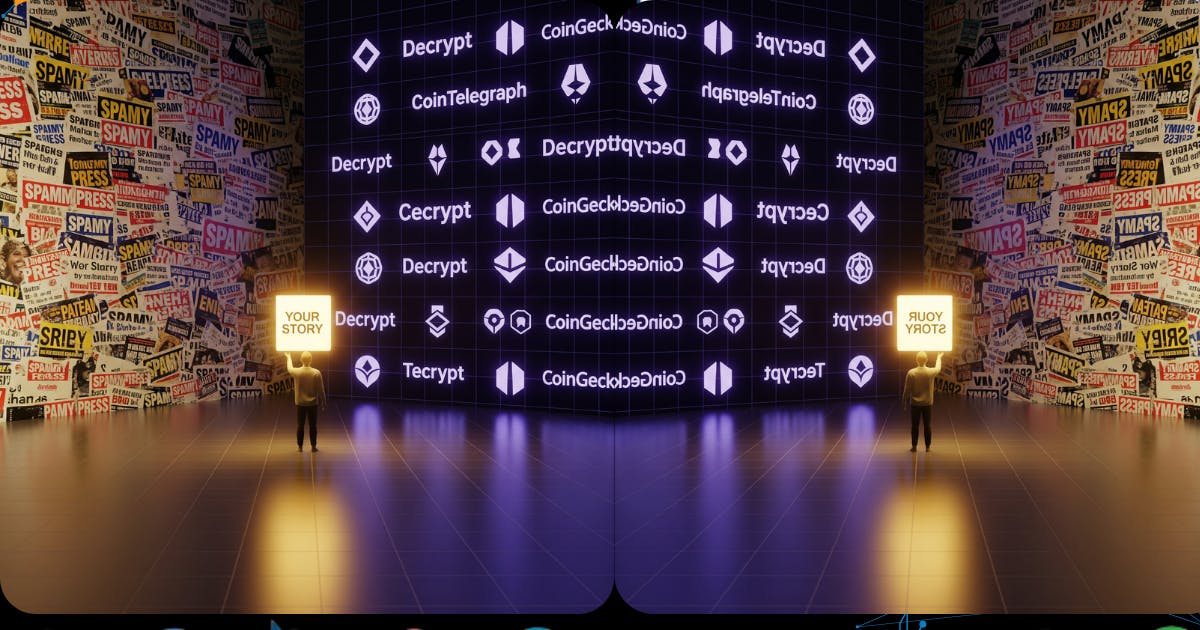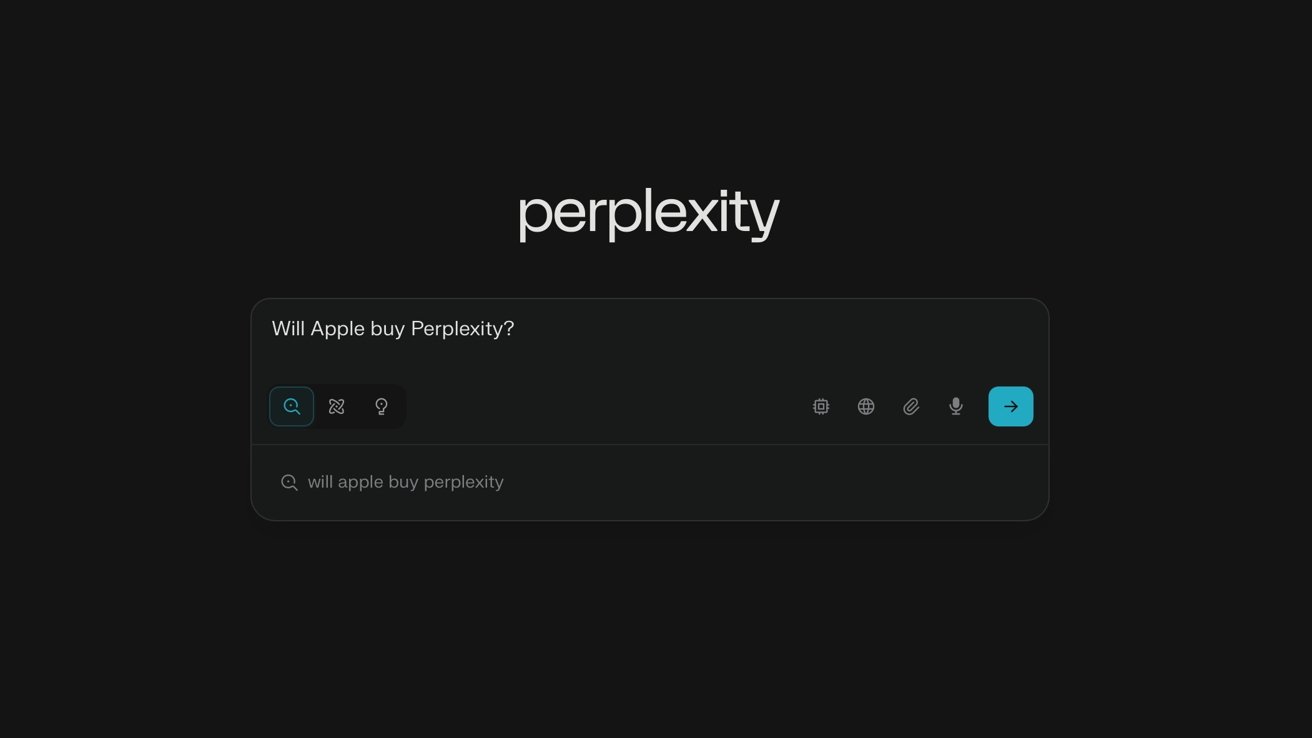So you launched your Web3 project, minted your NFTs, maybe even locked some liquidity. You’re pumped. You throw together a press release—“X Project is Live!”—hit send on a distribution platform, and then… crickets. A few bots repost it, a couple of obscure crypto sites syndicate it, but the community? Nowhere to be seen.
You start wondering—did anyone even read this thing?
Here’s the uncomfortable truth: In Web3, a press release alone won’t cut it. The magic isn’t in writing it. The real move is knowing how to distribute it—where, when, and most importantly, to whom.
Let me explain.
Press Releases Aren’t Dead—But They’re Seriously Misunderstood
First off, let’s get one thing straight. Press releases are still relevant. But only if you stop treating them like magic tickets to virality.
Most Web3 founders think the job’s done once the press release is written and uploaded to some newswire. “Cool, it’s on Yahoo Finance!” they say—like that’s supposed to impress anyone minting on Base or playing around with Arbitrum’s latest ecosystem drop.
Here’s the problem: Web3 doesn’t read Yahoo Finance. It reads CoinDesk, decrypts narratives on X (formerly Twitter), and hangs out in Discord servers, not on traditional media.
That’s the disconnect. You can’t expect traction from people who were never looking in your direction to begin with.
Distribution: The Secret Weapon Nobody’s Talking About
So what actually moves the needle?
Distribution. And I don’t mean dumping your release across 300 low-traffic news aggregators. That’s just noise.
Real distribution is thoughtful. It’s targeted. It knows where your audience hangs out and meets them there, not wherever your press release happens to land.
We’re talking:
- Syndication on top-tier crypto-native platforms: Cointelegraph, Decrypt, CryptoSlate, NewsBTC
- Listings in aggregator ecosystems like CoinMarketCap, CoinGecko, DappRadar
- Sharing via Web3-native newsletters and platforms like The Daily Gwei, Milk Road, or TLDR Crypto
- X (Twitter) threads and Telegram reposts from accounts that matter
- Organic community reposts, not forced retweets
- SEO-focused backlinks on high-authority Web3 blogs and DAOs
Distribution isn’t about more eyes. It’s about the right eyes.
Know Your Crowd—or Don’t Bother Showing Up
Here’s where a lot of projects trip over their own whitepapers: they write one-size-fits-all content for wildly different audiences.
You’re building a ZK rollup? Your readers are L2 devs, ETH nerds, maybe some hardcore infra VCs. They don’t care about NFT collabs or gamified loyalty programs.
Launching an NFT series with dynamic metadata? Totally different crowd. You want influencers, artists, cultural curators, meme enthusiasts.
Trying to get both with the same press release? You’ll miss both. It’s like trying to serve sushi and hot wings at the same dinner party—nobody’s happy.
So break it up. Segment your audience. Customize your outreach. Meet each micro-community with messaging that feels like it’s speaking directly to them.
Think of PR Like a Party—Not a Billboard
Imagine this: You’ve got an amazing new music track. It’s fire. But you blast it from a single cheap speaker, in the middle of nowhere, and no one’s around. Guess what? No one dances.
But now imagine you’ve got the track—plus killer speakers, a buzzing room, the right lighting, a hyped crowd. Suddenly? Everyone’s vibing.
That’s what good PR distribution is. The press release is just your song. The rest—the timing, the platforms, the people—is your sound system. Without it, you’re whispering into the void.
What does that setup look like in Web3?
- Strong publication partnerships (especially niche ones—think “Zero Knowledge Weekly” or “DeFi Alpha”)
- Relationships with writers, not just “outlets”
- X influencers and thought leaders dropping threads or quoting your news
- Google News indexing and structured metadata so your release doesn’t disappear in search
- Content fragments that work on different platforms (one quote for X, one graph for Reddit, one visual for Telegram)
Web3 Trusts Humans, Not Headlines
This one’s critical.
People in Web3 have been burned. Rugs, vaporware, fake founders—you name it. So they’ve got their BS detectors cranked up to 100. That polished, generic press release? It smells like marketing.
But you know what doesn’t?
- A quote from a founder with a known Twitter handle
- A snapshot from a DAO vote tied to your announcement
- A reply from a respected dev in your GitHub issues thread
Press releases that get traction are the ones that feel real. Not over-polished. Not hype for hype’s sake. They’re direct, factual, and transparent. They sound like the team wrote it, not a PR firm on autopilot.
In a trust-scarce environment, authenticity is strategy.
Timing Isn’t Everything—But It’s Close
Ever see a killer announcement drop at 2 a.m. on a Sunday? Exactly. You didn’t. Because timing is half the game.
Here’s a pro tip: Press releases shouldn’t be standalone. They should be events.
You’ve got a token launch coming? Schedule the press release the same day the DEX pairs go live. Got a new partnership? Time it with the first co-hosted space or Twitter AMA.
Coordinate with:
- Influencer tweets
- Partner retweets
- DAO votes
- Airdrop windows
- Testnet or mainnet deployments
Timing amplifies everything. Even the most boring update can hit hard if it rides a moment of attention.
Stop Chasing Vanity Metrics
You know those PR platforms that promise 3,000 placements and 500,000 impressions?
Yeah… don’t fall for it.
You don’t need reach. You need relevance.
A hundred impressions from VC analysts, devs, or early DAO contributors are worth more than 100,000 from random Facebook traffic.
Real metrics to track?
- Referrals to your site from crypto-native publications
- Increase in search volume for your project name
- Mentions on Reddit or X from organic users (not bots or shillers)
- Discord or Telegram activity post-launch
- SEO improvements (are you ranking for relevant keywords a week later?)
If your press release doesn’t start conversations or curiosity, what’s the point?
Here’s where you stop playing around and build your actual stack:
- Web3Newswire – purpose-built for crypto-native press release distribution
- Mirror.xyz – great for thought-leadership and long-form announcements
- Paragraph.xyz – a more newsletter-like feel for updates that need storytelling
- GM.xyz – community blogging with built-in Web3 flair
- Notion + Arweave/IPFS – for transparency, roadmaps, open data
- Twitter/X, Telegram, Discord – obvious, but underutilized when it comes to PR follow-ups
- Ahrefs or SE Ranking – to track what really happened after your release
The stack is the strategy. Mix tools that publish with tools that prove results.
Should You Even Bother With Press Releases?
Honestly? Depends.
If you’re just publishing one for the sake of looking official—don’t. It’s not 2015, and “we’re live!” means nothing without context.
But if you treat your press release as the start of a multi-platform, story-driven distribution cycle? If it’s paired with a founder tweet, some ecosystem validation, and meaningful placement?
Then yes. 100%. Web3 deserves to know what you’re building.
Just don’t mistake a press release for a megaphone. It’s more like the opening line of a good story. How you tell the rest? That’s what gets remembered.











